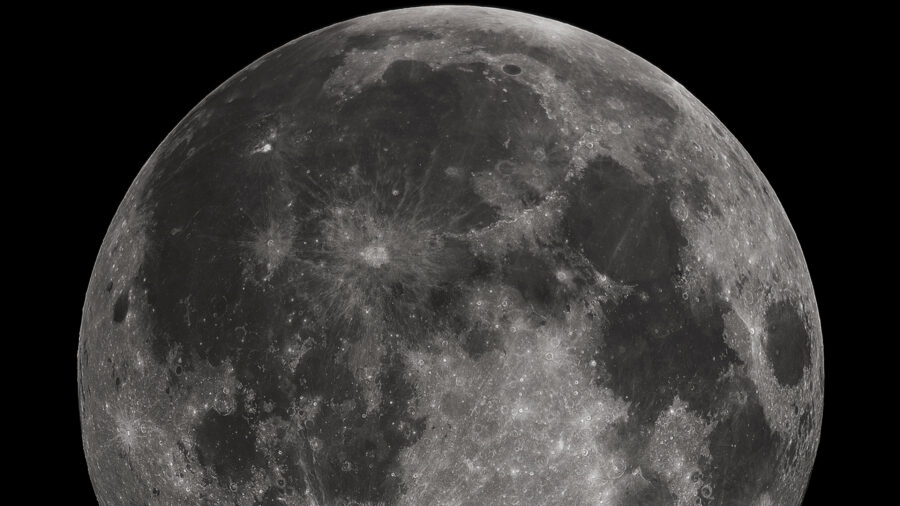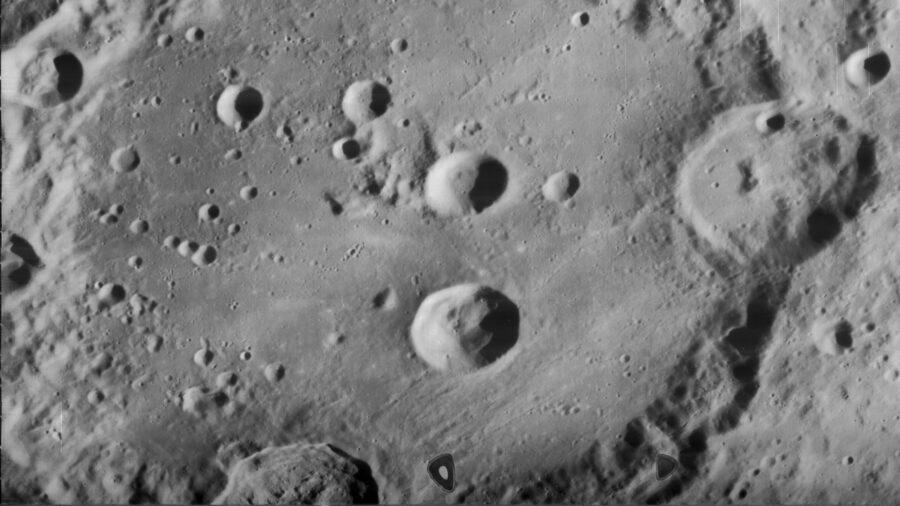Growing Plants On The Moon Just Became Closer To Reality
Scientists at the University of Florida have successfully grown moon plants in lunar regolith.

Humans have four basic necessities to survive: air, water, shelter, and food. Space explorers have already figured out how to create suits that hold oxygen, build space vessels for shelter, and recycle water for hydration. And now, according to Dylan Taylor, scientists at the University of Florida have learned that it is possible to grow moon plants, bringing us one step closer to building a civilization beyond Earth.
While astronauts can bring up a limited amount of food and water to the space stations, if humans are going to make a valiant effort to live on a floating rock in space other than Earth (like on the moon or on Mars), then we’ve got to figure out how to grow food in these desolate terrains. Luckily, the University of Florida had a plan. After applying to NASA three times for moon dirt samples brought back during the Apollo missions, the researchers were finally approved and able to make the first-ever attempt at growing moon plants.
As it turns out, growing moon plants is just as difficult as it sounds. There is no air or water on the moon, and the temperature swings dramatically from 200 to -200 degrees Fahrenheit. Not to mention, plants also need soil, and the gray dirt that’s found on the moon’s surface is not even close to the hospitable soil we know and love on earth.
Still, in the name of science, the University of Florida had to try, and so they persevered with their applications until NASA granted permission for their project and shipped them 12 grams of lunar regolith. According to Robert Ferl from the University, the regolith (which means a mixture of rock particles like the gray dirt on the moon) is “sharp and angular,” so there was no reason to believe that moon plants would actually grow in the dead soil.

However, against all odds, the moon plants did grow, though not abundantly. The scientists planted Arabidopsis thaliana, which is a commonly studied and well-known variety of the mustard greens family. All of the plants sprouted the same and began the same growth pattern until about a week into their 20-day growth period.
By day six, some of the moon plants began to look different. The plants began to grow slower, display undersized roots and started to turn red. Cross-examining the regolith that the weaker plants were growing in showed scientists that the fresher moon dirt from the Apollo 17 mission was growing stronger plants, suggesting that dirt maturity produced healthier growth.
Even though the moon plants were barely surviving and not even close to thriving, the University of Florida proved something that no one had attempted to try before: plants can indeed grow on the moon.
For the moon plant experiment, the University of Florida team created an environment meant to resemble a station’s base on the moon rather than a farm directly on the moon’s surface. Because of the moon’s weather and lack of air or water, growing plants directly on the moon’s surface is not in our realm of possibilities (yet), but now scientists know that they can use moon dirt to grow plants on base.
Furthermore, now that scientists know that it’s possible for moon plants to grow, scientists can now look more closely at dirt samples from the moon and Mars and see if there are any biosignatures that prove plants may have once grown in the regolith a long time ago. This could help prove the existence of life on other planets.












